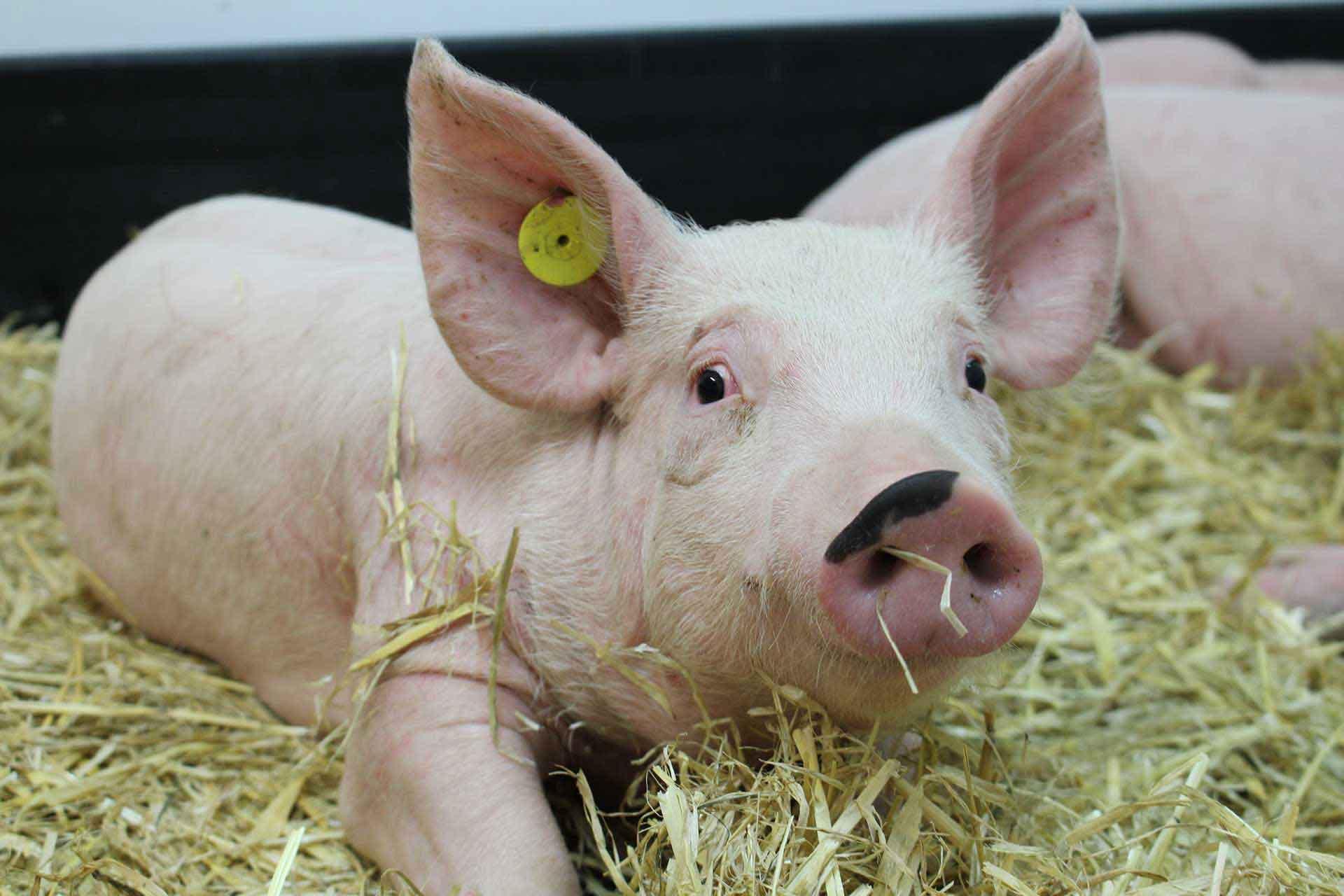Mimicking superinfection exclusion disrupts alphavirus infection and transmission in the yellow fever mosquito Aedes aegypti
Multiple viruses, including pathogenic viruses, bacteriophages, and even plant viruses, cause a phenomenon termed superinfection exclusion whereby a currently infected cell is resistant to secondary infection by the same or a closely related virus. In alphaviruses, this process is thought to be mediated, at least in part, by the viral protease (nsP2) which is responsible for processing the nonstructural polyproteins (P123 and P1234) into individual proteins (nsP1-nsP4), forming the viral replication complex. Taking a synthetic biology approach, we mimicked this naturally occurring phenomenon by generating a superinfection exclusion-like state in Aedes aegypti mosquitoes, rendering them refractory to alphavirus infection. By artificially expressing Sindbis virus (SINV) and chikungunya virus (CHIKV) nsP2 in mosquito cells and transgenic mosquitoes, we demonstrated a reduction in both SINV and CHIKV viral replication rates in cells following viral infection as well as reduced infection prevalence, viral titers, and transmission potential in mosquitoes.
